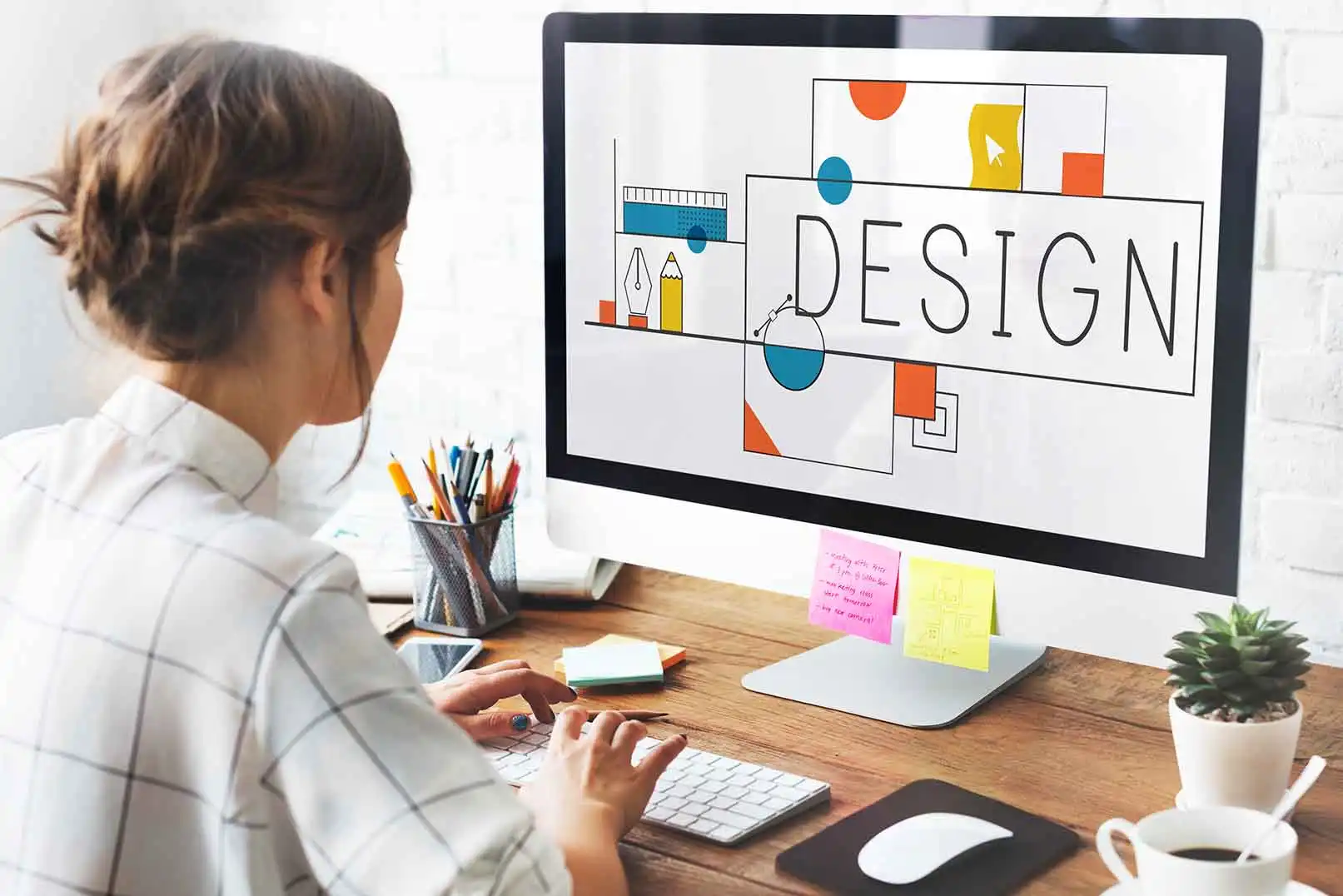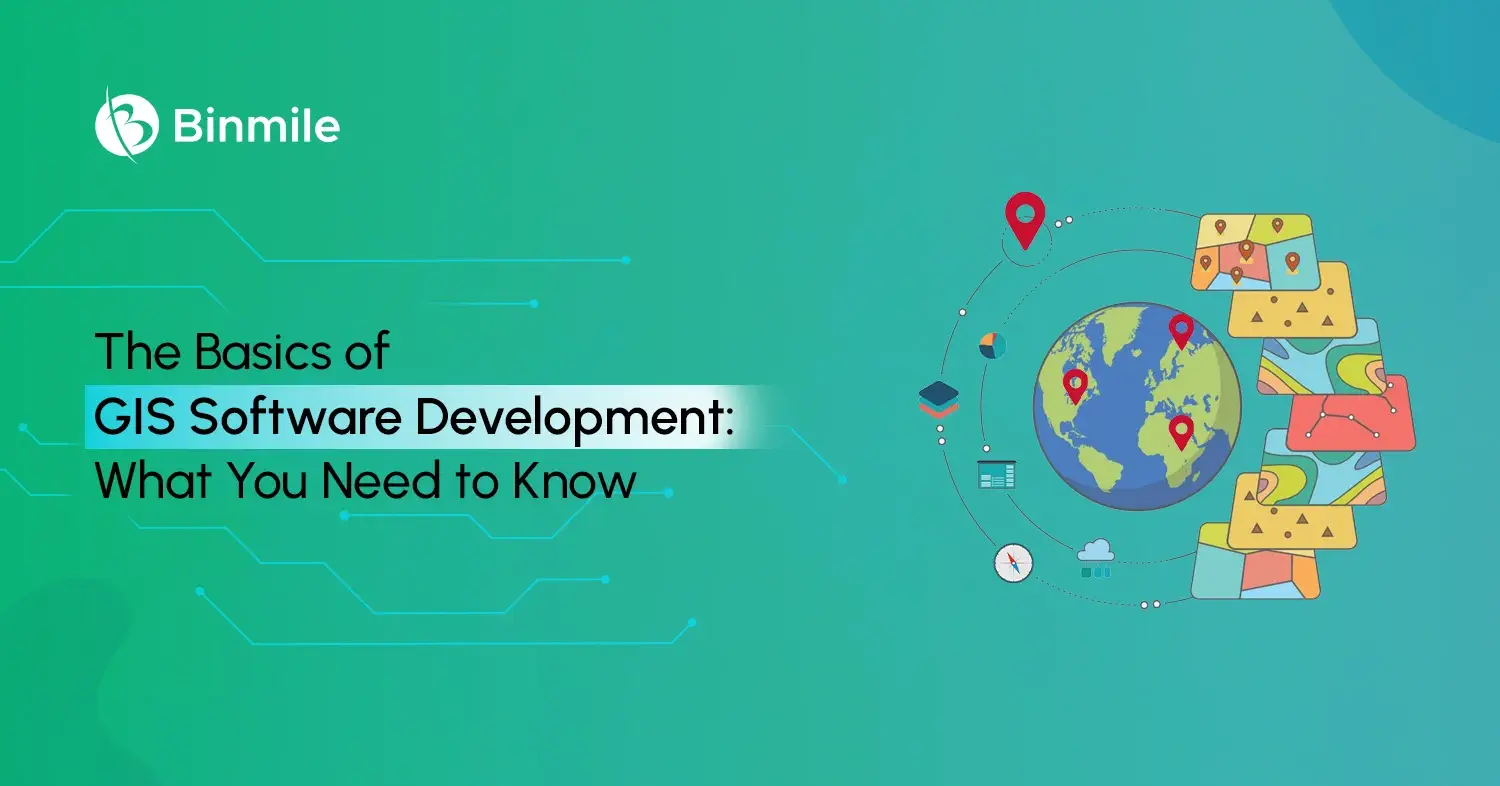Design thinking is a human-centric social technology that helps you critically analyze and solve problems that focus on humans. Applying this solution-based approach to business issues helps you comprehend customer needs, lessen organizational complexities, disrupt unproductive cycles, render more excellent value to customers, revitalize product offerings, grow in the competitive market, and stay relevant. Let’s read ahead about designing thinking steps and how they bring immense benefits to the business world.
Design Thinking and Customer First
A large number of people ask: “What is design thinking?” Tim Brown (the CEO of IDEO) says, “Design thinking is a human-centered approach to innovation that draws from the designer’s toolkit to integrate the needs of people, the possibilities of technology, and the requirements for business success.” This statement highlights the increasing value of design and how a design-driven culture puts the customer first and gives a competitive edge.
A data source from the Design Management Institute shows that the design-centric companies have outdone the S&P 500 by an enormous 211%. From Walmart to Bank of America concentrated on a user-centric design to increase the number of visitors and traffic. In a design-driven culture, enterprises can launch a not-totally perfect product. It means:
- They go to market with an MVP,
- Analyze things from the customer feedback,
- Incorporate the same, and
- Build and release the next version.
Design thinking means thinking like a designer who understands all aspects of designing a product from scratch. Like a designer, you also need to know how people use any product and service; refine products or services, and improve consumers’ experience. Design thinking also means transforming the way of developing products, processes, services, and strategies that are economically viable and technologically feasible from a human point of view. The best part of using this unique approach is that it gives people, who are not trained as designers, opportunities to utilize creative tools to address and resolve a range of challenges.
Design Thinking Process (Steps)
The above discussion shows that design thinking is helpful for business growth. If you are comfortable with this approach, it is vital to understand its various phases. These include:
Empathy
Here comes the first stage of the approach where you understand and analyze the issues problems that hamper innovation and improvement. Here, you need to comprehend users’ issues and empathize with them.
Define
Once you complete the research and collect data at the nascent stage, you need to move further to define the problem and identify possible solutions for tackling issues.
Ideate
After going through the phase of empathy and definition, you need to collect ideas for handling solutions in the last stages.
Prototype
In this stage, you need to develop a prototype by executing the ideas identified in the 3rd stage.
Test
After going through all four stages, the final stage of the design-thinking process is here. It is about testing your prototype. Once you test the prototype, it is high time to submit it to the customer and get candid feedback. Then, you can improve your prototype and repeat it unless the customer is satisfied.
Benefits of Design Thinking in Your Business
Broadly speaking, a design thinking approach helps track creative challenges, meet client requirements effectively, and expand the knowledge base. A designer’s role is to take an active part in developing a product that will penetrate the market. Here, design thinking ensures increased customer satisfaction and revenue concerning the product you design and develop. Let us move ahead and check the benefits that your business can imbibe by utilizing design thinking.
Faster product delivery to the market: Using the design thinking process helps you reduce the time consumed for design and development. You can do this by identifying solutions and improvising problem-solving techniques.
High Return on Investment and Reduction in expenses: When you have faster and more successful product delivery to the market, you quickly curtail business expenses. Then, you generate a high ROI automatically.
Establishing relations with loyal customers: As design thinking relates to a human-centric approach, it also ensures an effective customer relationship, trust, and communication. This approach also boosts the customer base vehemently.
Meeting customers’ needs effectively: Design thinking covers developing prototypes, performing tests, and implementing customer feedback to achieve quality. This approach is vital for meeting customers’ requirements.
Nurturing innovation: The prime goal of design thinking is to boost innovation among stakeholders and designers. Here, the culture of innovation opens the way to grow your business.
Implementing design-thinking across your organization: company: Implementing the right approach is everybody’s duty, and the approach plays a vital role in enhancing collective ideas and teamwork.
Tools Associated with Design Thinking
When it comes to applying successful design thinking, you should keep in mind the stages of the model. There is no shortage of Design tools that are best for creating real value for your customers and users. Look at the following tools that can give a competitive edge. These include.
- 1st stage (Empathize) – Zoom, Typeform, and Creatlr
- 2nd stage (Define) – Userforge, Smaply, and MakeMyPersona
- 3rd stage (Ideate) – Stormboard, SessionLab, and IdeaFlip
- 4th stage (Prototype) – Boords, Mockingbird, and POP
- 5th stage (Test) – HotJar, UserTesting, and PingPong
Note that you use tools like Sprintbase, Miro, InVision, and Mural for having a successful and complete process.
Read Also: Innovation in Software Development
Summing Up
The elegant use of design thinking can help small businesses improve their crucial processes by addressing hidden challenges, re-evaluating their time-consuming patterns, and fueling their innovation and growth. Digital software product engineering companies can help business organizations grow quickly with a human-centric approach to creative problem-solving with the top & attractive UI/UX Design Solutions.
You can make the most out of design thinking after collaborating with professional tech experts having the right experience and knowledge in UI/UX.




